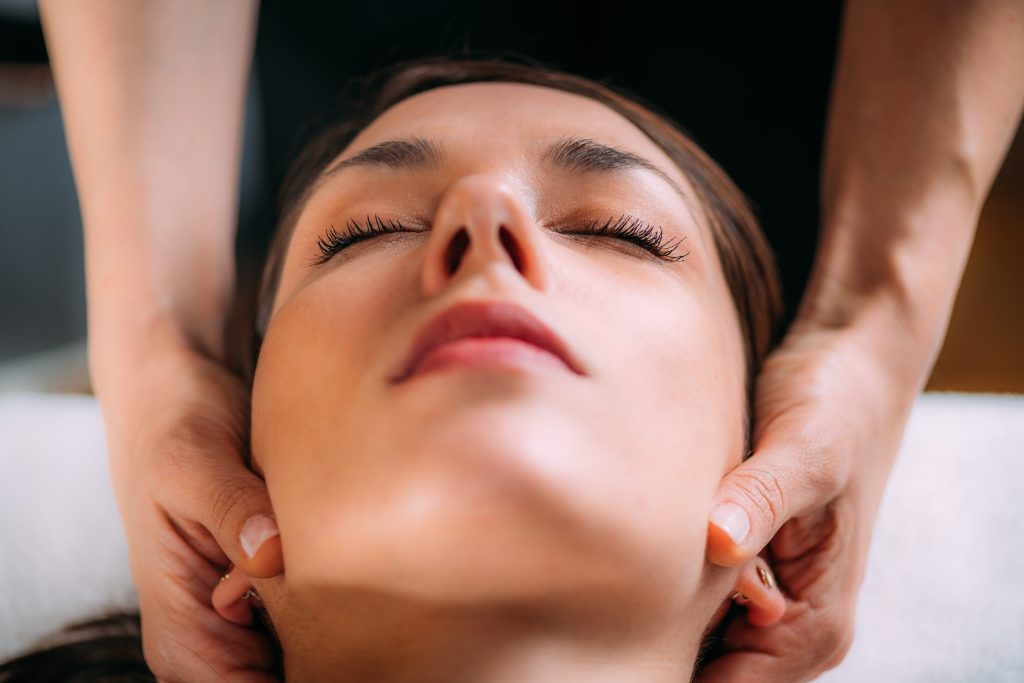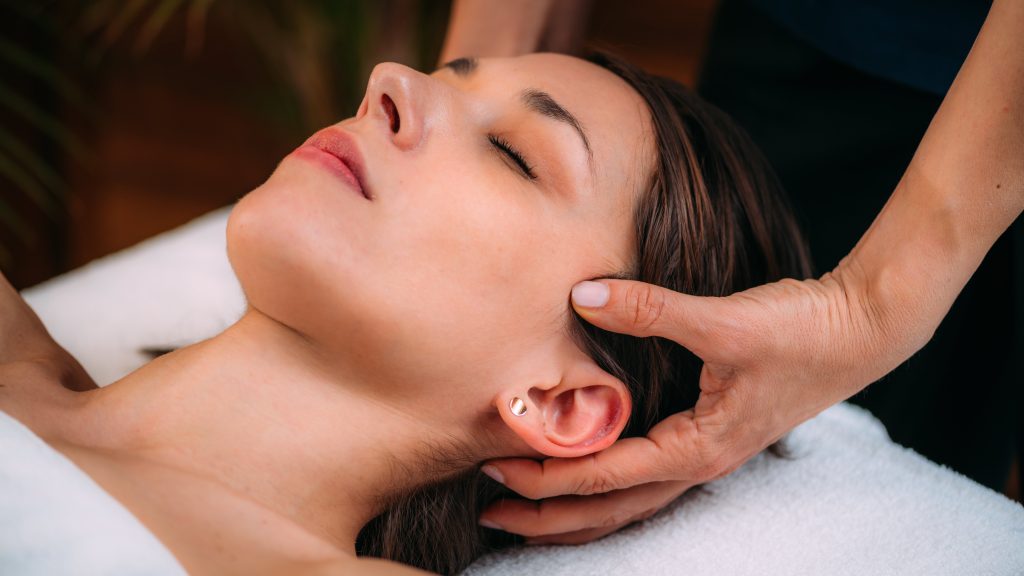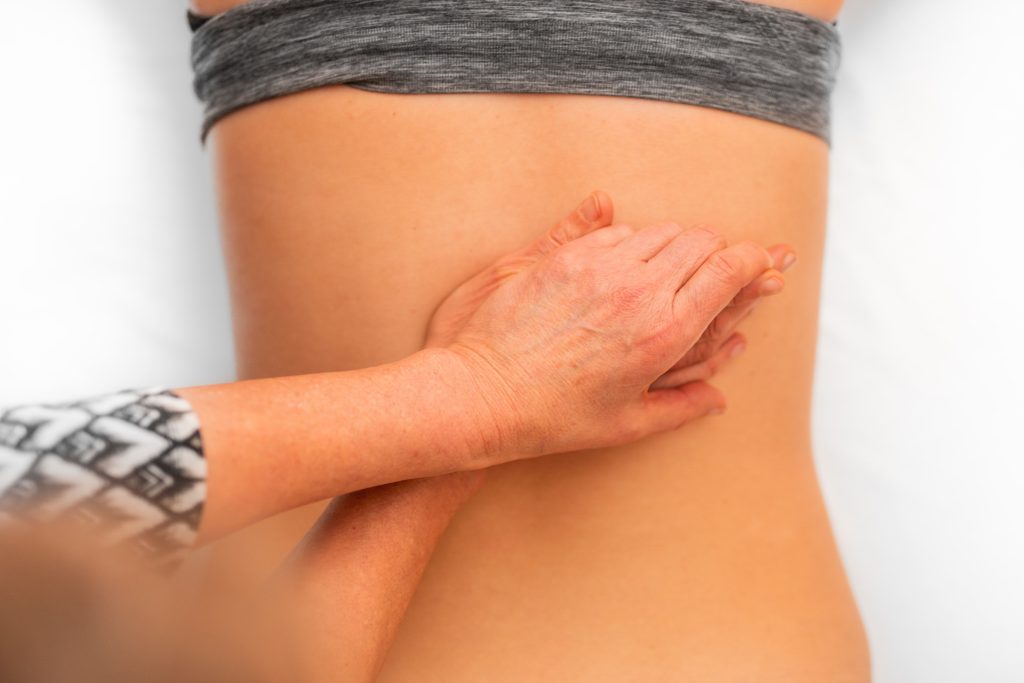Cranial osteopathy is a mild but very effective method that has gained prominence for its holistic approach to treatment within the broad field of alternative medicine. Let’s explore the nuances of this intriguing healing approach.
Introduction
What Cranial Osteopathy Is
A subspecialty of osteopathic medicine called cranial osteopathy examines how a person’s tiny motions affect their general health.
Background Information in History
Dr. William Sutherland first put out the idea that the skull’s bones may be changed to improve health in the early 1900s, which is when this procedure first emerged.

Comprehending the Fundamentals
Comprehensive Method
Cranial osteopathy adopts a holistic approach, seeing the body as an integrated system where the health of one area affects the total, in contrast to traditional medicine, which often tackles particular symptoms.
The Importance of Heart Rates
A vital component of this method is the identification of cranial rhythms, which are tiny movements in the skull bones connected to the rise and fall of CSF fluid. Practitioners think any disturbances to these cycles may result in various health problems.
Mild Manipulation Methods
Soft, non-invasive treatments are one of the distinguishing features of cranial osteopathy. To reestablish the cranial system’s equilibrium, practitioners manipulate and apply slight pressure with their hands.
Situations Handled
Headaches and Migraines
By treating underlying imbalances has shown encouraging results in relieving headaches and persistent migraines.
Infantile Colic
When a baby has colic, parents often resort to cranial osteopathy since the mild methods used provide comfort.
Disorders of the TMJ
Cranial osteopathy also targets temporomandibular joint abnormalities (TMJ), resulting in pain and jaw discomfort.

Expectations for a Session
Evaluation Stage
To customize therapy, practitioners start with a comprehensive examination that considers the patient’s medical history and lifestyle.
Methods of Treatment
Patients may anticipate mild manipulations and palpations that focus on the skull and other essential locations found during the examination during a session.
Length of Sessions
A session may last anywhere from 30 to an hour. However, this usually allows for a thorough and leisurely approach.
Effectiveness and Safety
Practice Based on Evidence An increasing corpus of data supports the effectiveness of cranial osteopathy, notably in controlling specific disorders, notwithstanding the doubts of some detractors about its scientific foundation.
Perils and Adverse Reactions
Although cranial osteopathy is generally safe, minor side effects, including transient discomfort, are possible but uncommon are significant consequences.

Selecting a Reputable Professional
Training and Licensure
Choosing a cranial osteopath with the appropriate training and certification in this sector is essential.
Evaluations by Patients
Patient testimonials and word-of-mouth recommendations may provide insightful information about the skill and efficacy of a particular practitioner.
Individual Experiences
Testimonies
Testimonials from people with experience and benefits provide insight into this therapy modality’s possible advantages.
Achievement Accounts
Examining success stories highlights the various problems that have been treated successfully.
(FAQs)
Q: What is cranial osteopathy different from traditional osteopathy?
A: While standard considers the whole musculoskeletal system, cranial osteopathy concentrates primarily on the skull and how it affects general health.
Q: Is it appropriate for all age groups?
A: People of all ages—from newborns to older people—can safely use cranial osteopathy.
Q: Do the treatment’s effects happen right away?
A: Multiple sessions may be required for long-lasting improvements with cranial osteopathy, even though some people may find rapid relief.
Q: What is the usual number of needed sessions?
A: Depending on the patient’s health and reaction to therapy, many sessions may be sufficient for them to feel better.
Q: Do any conditions exclude its use?
A: Before receiving cranial osteopathy, anyone with specific medical issues or a history of head trauma should speak with a healthcare provider.
Conclusion
Cranial osteopaths use specialized methods to alleviate tension, encourage balance, and restore optimum function within the cranial system through meticulous examination and diagnosis. Numerous ailments, such as musculoskeletal illnesses, neurological problems, and pediatric or obstetric difficulties, may benefit from this.
Cranial osteopathy has several advantages. After sessions, patients often report more relaxation, increased mobility, and reduced pain. The treatment employs a whole-person approach, considering the patient’s emotional and mental health and physical symptoms.
Even though is typically safe for people of all ages, it’s still crucial to have treatment from professionals with training and expertise. They can provide safety measures and proper treatment based on the particular requirements of every patient.
To summarize, cranial osteopathy provides a safe, all-natural method of enhancing health and well-being. People may decide whether to add to their regular medical regimens by knowing this treatment’s concepts, techniques, and possible advantages. Never forget to get medical advice before beginning any therapy.








1 thought on “Cranial Osteopathy: A Comprehensive Method of Treatment”